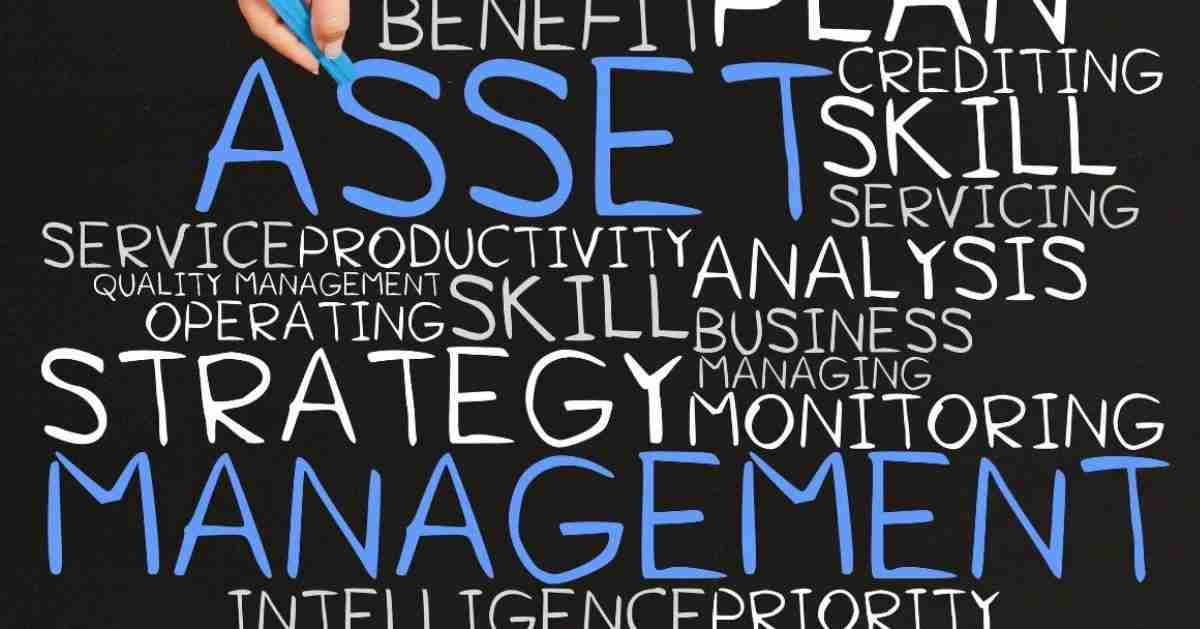8 Ways to Save Money in IT Asset Management Practices

Your IT department can cost a lot of money. Purchasing, managing, and maintaining your hardware, software, and other assets can quickly eat through your budget and compromise your profitability if you aren’t careful.
Thankfully, there are several strategies that can help you save money in IT asset management – all without forcing you to sacrifice your productivity or efficiency.
How to Save Money in IT Asset Management
These are some of the best ways to save money in IT asset management:
1. Prioritize security. A single data breach could cost your company millions of dollars, not to mention compromising your brand’s reputation. Because of this, security should be one of your top priorities. The majority of data breaches occur because of simple mistakes that companies make; an employee voluntarily gives out their password or a team neglects to update their software with the latest patch. Your IT asset management team may not have direct control over things like employee password habits, but they can make sure that all devices and all software remain up-to-date and fully secure. They can also make sure that your IT assets or recycled and/or disposed of securely.
2. Rely on a single source of truth (SSOT). You don’t want to have an organization where everyone has a different, independent, sometimes contradictory record of what’s going on. If you task people with keeping track of their own devices and their own software subscriptions, you’re going to run into inefficiencies very quickly. In your IT asset management strategy, make sure you establish a single source of truth, such as a centralized software platform where you can keep track of all your hardware and software in one place.
3. Utilize third-party maintenance contracts. The difference between an OEM warranty and a third-party maintenance contract is that OEM warranties are fixed in place and are generally inflexible. Third-party maintenance contracts give you much more flexibility, and often much more robust coverage for a lower cost. Make sure you consider utilizing these contracts to keep up with your maintenance in a more cost effective way.
4. Eliminate unused subscriptions. How much are you paying for your software subscriptions? If you’re like most businesses, you might be surprised to learn just how much you’re paying every month. It’s easy to accumulate software subscriptions over time that you don’t fully use. Spend some time reviewing your paid subscriptions and make sure you eliminate anything that you’re not relying on directly.
5. Invest in cloud storage. It’s tempting to use physical servers for the majority of your data storage needs, especially if you like the idea of having everything on site. However, cloud storage tends to be more secure, more convenient, and to the point of this article, more cost effective. Make the upgrade if you haven’t already.
6. Use a BYOD policy. Bring your own device (BYOD) policies are becoming increasingly common, allowing employees to bring their own personal devices to the work environment (whether they work in a central office or are working remotely). As long as this policy is sufficiently detailed and is strict enough to avoid the most common security threats, you shouldn’t run into any issues. This can also afford your employees more flexibility in how they work while reducing your need to purchase new devices.
7. Improve automation. Automation can reduce costs in almost any area of your business, and IT asset management is no different. Automated reminders that software subscriptions are expiring or that devices are in need of maintenance can keep your team focused and minimize costly disruptions.
8. Resell or recycle obsolete devices. Just because a device is no longer viable for productivity doesn’t mean it’s a total loss. When a device has reached the end of its natural life, you have the option to resell or recycle it. You probably won’t make back all the money you spent on acquiring the device in the first place, but you can mitigate the expense.
Consulting With Experts
It’s also a good idea to consult with experts throughout your IT asset management strategy creation and execution. Depending on your goals and the nature of your business, that could mean hiring a consultant, recruiting a knowledgeable expert in the area, or gradually building a robust team of knowledgeable people. The more insights you glean from these IT asset management experts, the better position you’ll be in to manage IT assets effectively – and save money.
IT asset management shouldn’t be a “race to the bottom” in which you try to save money by any and all means available to you. But you also shouldn’t waste money unnecessarily. With these strategies and a reasonably frugal mindset, you’ll be in a much better position to keep your IT expenses under control.
